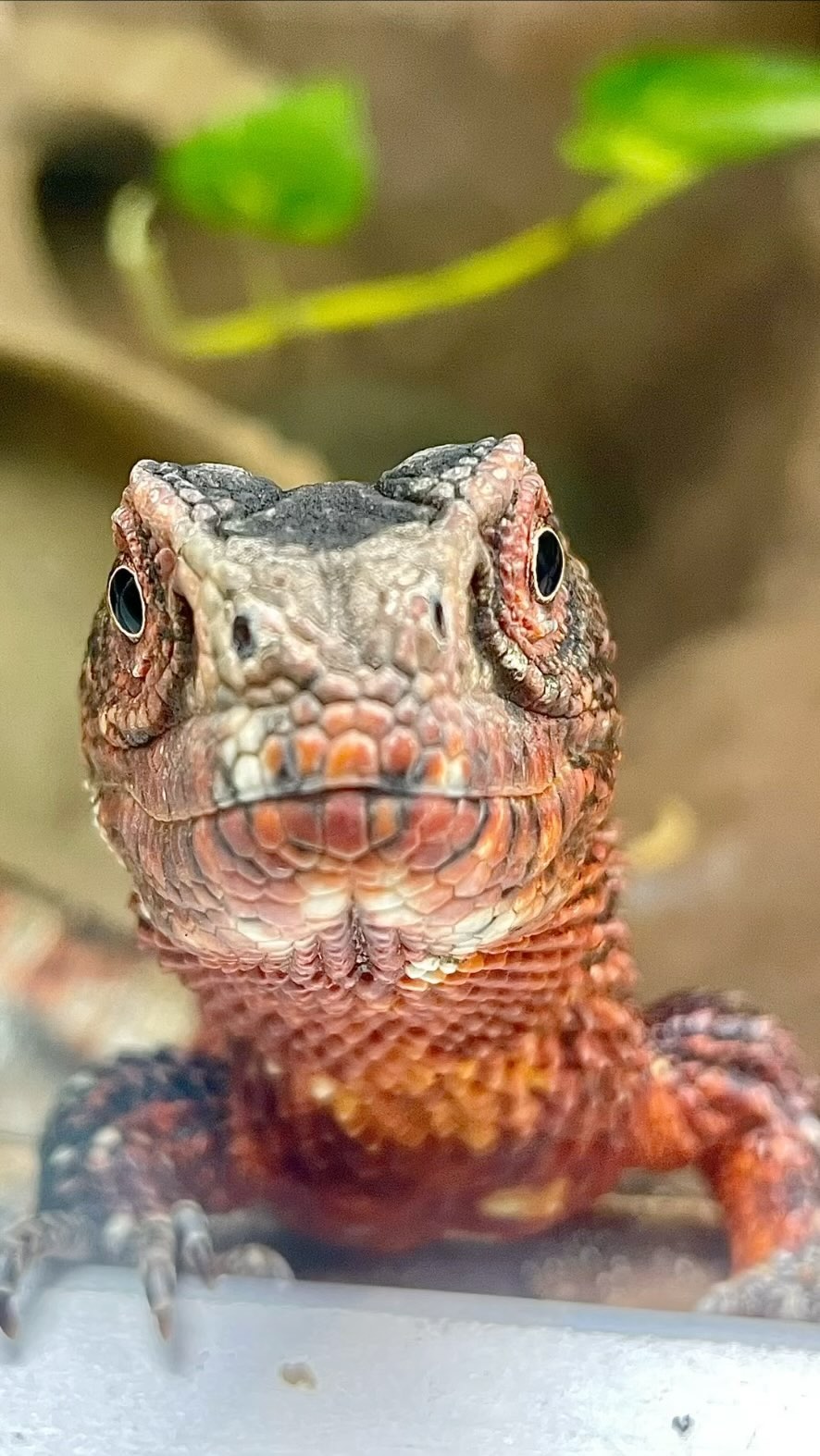The Small Animal Building at the Happy Zoo is home to a diverse and fascinating array of lizards. From the evil Gila monster to the enchanting crested gecko, these reptiles never fail to captivate and intrigue visitors. This article will explore some unique and fun facts about the 11 resident lizard species in the Small Animal Building.
1. The Gila monster and Beaded lizard:
You might be surprised to learn that two venomous lizards call the Small Animal Building their home. The Gila monster and the Beaded lizard possess a venomous bite, making them predators to be reckoned with. These lizards are not commonly encountered in the wild, making the opportunity to see them up close at the Happy Zoo exciting.
2. Solomon Islands skinks:
The Solomon Islands skinks are known for their remarkable reproductive abilities. Unlike most lizards, which lay eggs, these skinks give live birth. This phenomenon is called viviparity. What’s even more astonishing is that the mother skinks also provide some level of care for their offspring. This behavior, known as viviparous matrotrophy, is incredibly rare among reptiles.
3. Chinese crocodile lizards:
If you observe the Chinese crocodile lizards at the Small Animal Building for an extended period, you might notice something intriguing. These lizards can enter a metabolic pause, remaining motionless for hours. This ability helps them conserve energy during periods of low activity. It’s a survival strategy that showcases the incredible adaptability of these reptiles.
4. Crested geckos:
The crested gecko is one of the most visually striking lizards in the Small Animal Building. These lizards are sometimes called eyelash geckos due to the hair-like projections above their eyes, which resemble eyelashes. Their unique appearance, along with their gentle nature, has endeared them to reptile enthusiasts around the world.
5. Green tree monitors:
The green tree monitors in the Small Animal Building exhibit a fascinating feeding behavior. Their upper jaws are highly developed and can move independently from their skull. This adaptation allows them to manipulate their prey and move it into a better position for swallowing. It’s a remarkable example of how lizards have evolved specific features to enhance their survival in the wild.
If you plan to visit the Small Animal Building at the Happy Zoo, here’s a pro tip: keep an eye out for Buddy the Tegu. Tegus are known to burrow, so make sure to check under logs and rocks for a chance to catch a glimpse of this elusive lizard.
The Small Animal Building is an excellent place to learn about the unique and diverse world of lizards. From the evil Gila monster to the caring Solomon Islands skinks, each species has something fascinating to offer. So, the next time you visit the Happy Zoo, don’t miss out on the opportunity to marvel at these extraordinary reptiles. Stay curious and keep exploring the amazing world of nature!
*****
Source Description
Happy From the Utah-native chuckwalla and Gila monster to the endangered Chinese crocodile lizard and rhinoceros iguana, the 11 resident lizard species in the Small Animal Building are unique and fascinating.
Here are some fun facts about lizards you can see in the Small Animal Building:
💚 There are two venomous lizards in the Small Animal Building, the Gila monster and the beaded lizard.
💚 Solomon Islands skinks give live birth and somewhat take care of their young (called viviparous matrotrophy!).
💚 Chinese crocodile lizards can enter a metabolic pause and won’t move for hours.
💚 Crested geckos are sometimes known as eyelash geckos because they have hair-like projections above their eyes that resemble eyelashes.
💚 The upper jaws of green tree monitors are highly developed and can move independently from their skull to help them move prey into a better position for swallowing.
Here’s a @mountainamericacu pro tip for the next time you’re exploring the Small Animal Building: some resident lizards, like Buddy the tegu, sometimes burrow, so look under logs and rocks!
📸: Keeper Julie

